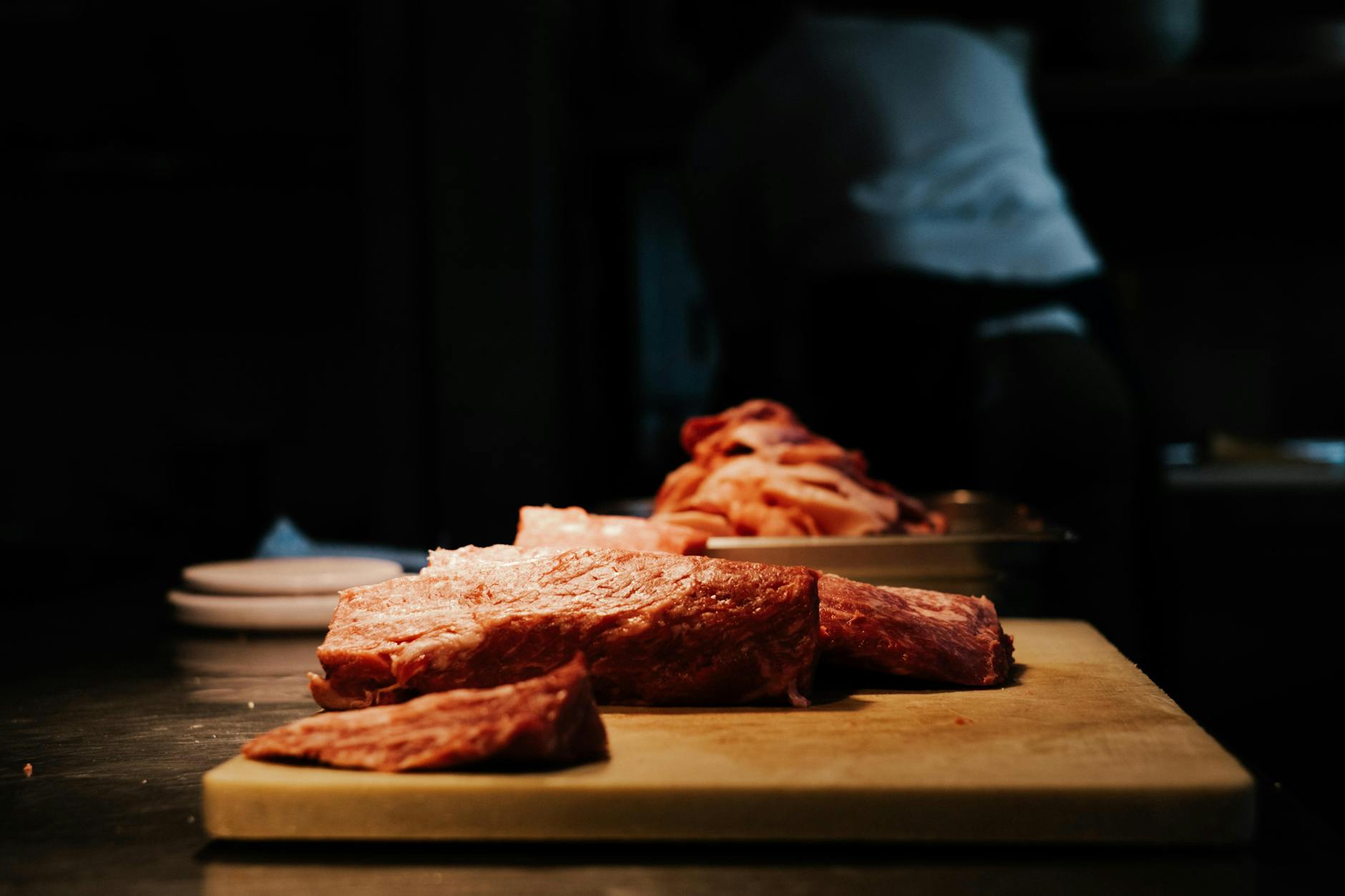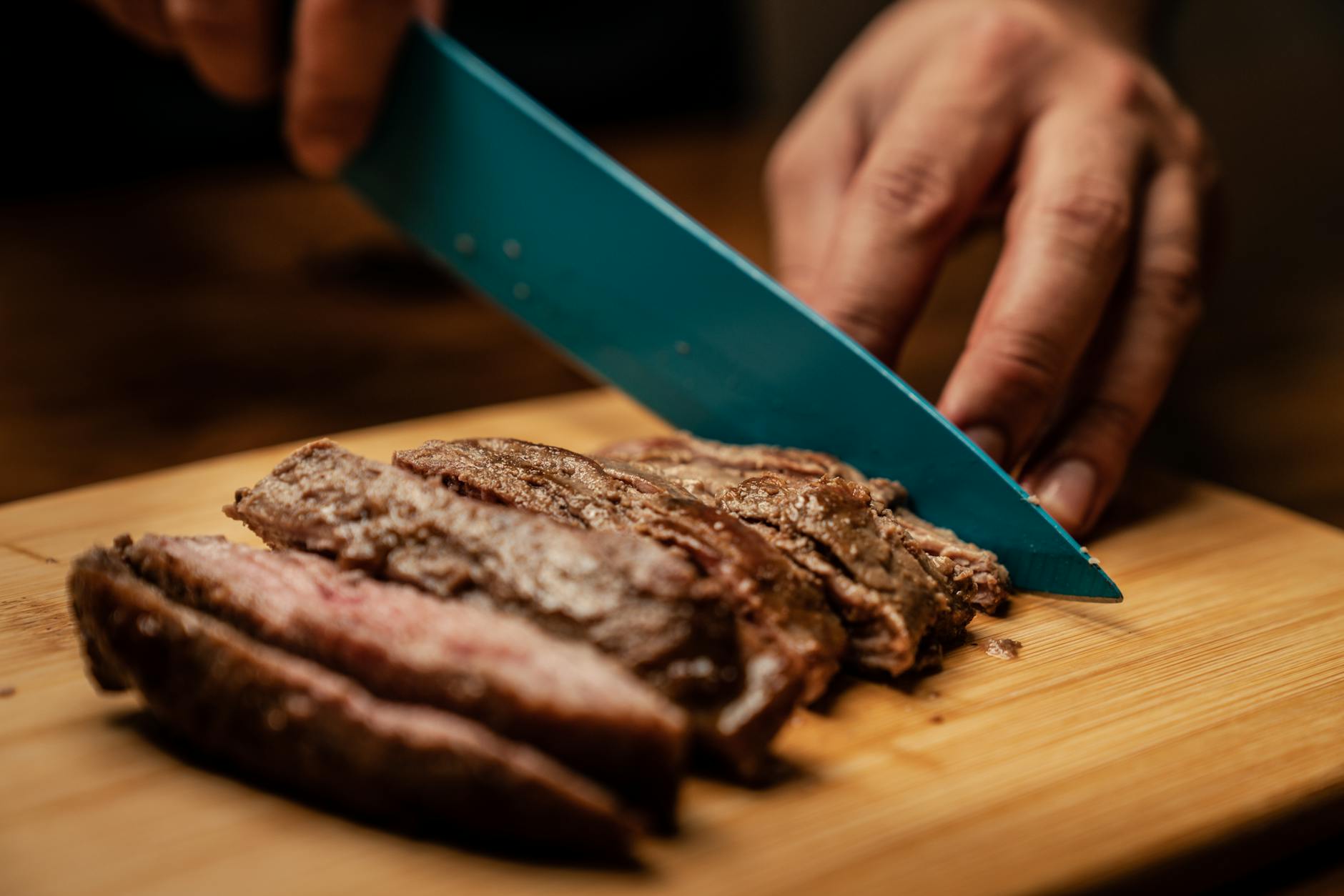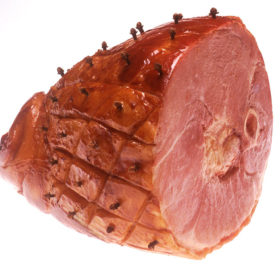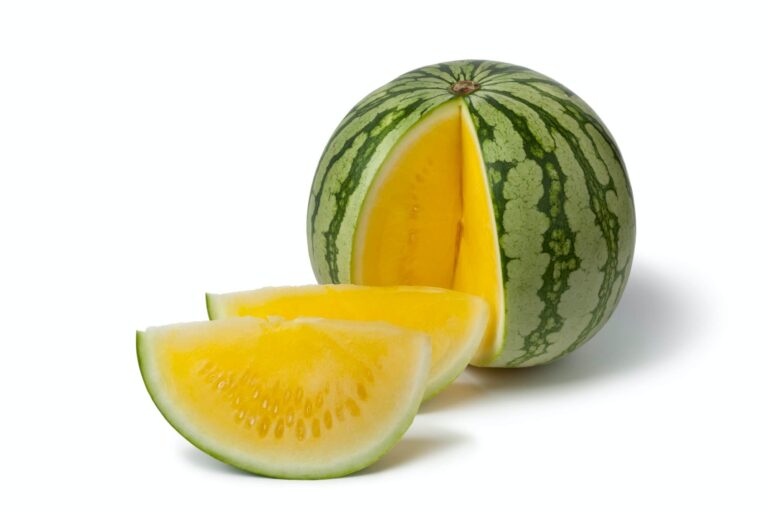Beef Meat Cuts ,Knowing your Beef Meat Cuts isn’t just for chefs—it can transform how you cook and eat. The right cut of meat isn’t just about taste; it’s about getting the perfect texture and flavor for every dish. Whether you’re grilling a ribeye, slow-cooking brisket, or pan-searing a tender filet mignon, understanding their unique qualities makes the difference between good and unforgettable. This guide breaks it all down, helping you choose and use each cut with confidence.
Breaking Down Beef Meat Cuts by Animal
When it comes to cooking meat, understanding the various cuts of beef, pork, lamb, and poultry can elevate your meals from simple to spectacular. Each animal yields a variety of cuts with unique textures, flavors, and ideal cooking methods. Here’s a closer look at some of the most popular options to help you make informed choices in the kitchen.
Beef Meat Cuts
 Photo by Rachel Claire
Photo by Rachel Claire
Beef is sectioned into primal cuts, which are large portions of the carcass, such as chuck, rib, loin, and round. These are then broken down into subprimal cuts like ribeye or tenderloin, and finally into secondary cuts (e.g., steaks or roasts) most commonly found in stores.
- Rib: Known for its marbling and tenderness, the rib yields cuts like the ribeye steak and prime rib. These are perfect for grilling or roasting.
- Brisket: A tougher, fatty cut from the chest, brisket excels when cooked low and slow, such as in smoking or braising.
- Tenderloin: This ultra-tender cut, found in the loin, produces luxurious filet mignons, best pan-seared or grilled quickly.
- Shank: Taken from the legs, the shank is a tough cut that shines when slow-cooked in stews or braises for melt-in-your-mouth results.
Pork Cuts
Pork offers a versatile array of flavors and textures, from lean to rich and fatty, making it an essential in global cuisines. Knowing your way around these cuts can unlock countless cooking possibilities.
- Loin: One of the leanest and tenderest cuts, pork loin works wonderfully when roasted or prepared as chops for grilling.
- Belly: This fatty, flavorful cut is responsible for bacon and can also be braised or slow-roasted for indulgent, melt-in-your-mouth bites.
- Shoulder (Butt): Perfect for pulled pork, the shoulder is well-marbled and benefits from slow cooking or smoking.
- Ham: This classic cut from the leg is often cured or smoked, making it ideal for baking whole or slicing for sandwiches.
Lamb Cuts
Lamb boasts a distinct and rich flavor, and its cuts lend themselves beautifully to slow-cooking and roasting.
- Rack: This elegant cut includes the ribs and is often roasted whole for a show-stopping centerpiece.
- Shank: Similar to beef shank, the lamb shank is tough but transforms into a succulent dish when braised.
- Shoulder: A versatile option for slow cooking, the shoulder is perfect for tender stews or pulled lamb dishes.
- Loin: Lamb loin produces tender chops or roasts that are great for searing and finishing in the oven.
Poultry Cuts
Chicken and turkey offer some of the most versatile and widely consumed Beef Meat Cuts globally. Each cut has a distinct flavor and cooking method that suits it best.
- Thighs: These dark-Beef Meat Cuts are juicy and flavorful. Grill or braise for rich, succulent dishes.
- Breasts: Lean and mild, breasts are great for grilling, stir-frying, or baking. Marinating beforehand keeps them juicy.
- Wings: Perfect for grilling, frying, or baking, wings are a crowd favorite in appetizers and party platters.
- Drumsticks: Bone-in drumsticks are ideal for baking, roasting, or frying, with tender meat that falls right off the bone.
Understanding these cuts helps you not only choose the best option for your recipe but also master the art of cooking them to perfection.
Best Cooking Methods for Different Beef Meat Cuts
Cooking methods matter just as much as the cut of meat itself. Using the wrong technique can leave you with a tough roast or a dried-out steak. The secret? Match the cooking method to the cut’s natural characteristics. Here’s a guide to getting the most out of your Beef Meat Cuts with the right techniques.
Grilling and Broiling

Photo by Los Muertos Crew
Grilling and broiling rely on intense, direct heat, which makes them ideal for cuts that are naturally tender and flavorful. With these methods, the goal is to sear the outside quickly while preserving the juiciness inside.
- Best Cuts: Steaks like ribeye, New York strip, and tenderloin, as well as pork chops, lamb chops, and poultry pieces.
- Tips:
- Let meat come to room temperature before grilling to ensure even cooking.
- Season cuts generously with salt at least 30 minutes in advance for better flavor absorption.
- Avoid flipping meat excessively—once or twice is all you need for the perfect sear.
- Allow meat to rest for a few minutes after cooking to rediscover its juices.
Roasting and Baking
Roasting and baking use dry, prolonged heat that envelops the meat evenly. This results in a golden-brown crust while locking in flavors.
- Best Cuts: Large roasts like beef rib, pork loin, whole chicken, turkey, or leg of lamb.
- Tips:
- Rub cuts with a blend of oil, salt, and herbs to create a deeply flavorful crust.
- Use a meat thermometer for accuracy to avoid overcooking.
- For juicier roasts, baste them with their own rendered fat or cover them partially during cooking.
- Pair with vegetables like carrots, onions, or potatoes, which can cook alongside and soak up the drippings.
Braising and Stewing
Braising and stewing are slow-cooking methods that use liquid and extended cooking times to soften tough cuts with lots of connective tissue. Over time, these tough fibers break down, transforming the meat into fall-apart goodness.
- Best Cuts: Brisket, chuck roast, beef or lamb shank, short ribs, and pork shoulder.
- Tips:
- Always brown the meat first to caramelize its natural sugars and enhance flavor.
- Use a combination of liquid (broth, wine, or even beer) and aromatic ingredients like onions, garlic, and herbs.
- Keep the heat low and slow—rushing the process ruins the texture.
- Scatter whole vegetables into the pot towards the end for texture variation.
Frying and Sautéing
Frying and sautéing deliver flavorful, crisp exteriors and juicy interiors in a short amount of time. These high-heat techniques are best for delicate, smaller cuts that don’t require prolonged cooking time.
- Best Cuts: Boneless chicken or turkey breasts, pork tenderloin medallions, and thin-sliced Beef Meat Cuts like top sirloin or flank steak.
- Tips:
- Choose an oil with a high smoke point, like vegetable or avocado oil, to prevent burning.
- Cut the meat into uniform sizes for even cooking.
- For better browning, pat the meat dry before placing it in the hot pan.
- Deglaze the pan after cooking with wine or broth to create a sauce from the flavorful bits left behind.
Matching the right cooking method to the cut of meat is like finding the perfect key for a lock—it opens up flavors and textures that might otherwise be missed. Use these tips to elevate your next meal, no matter which cut you choose.
Expert Tips for Choosing the Right Cut
Choosing the perfect cut of meat isn’t just about grabbing the first steak or roast that catches your eye. It’s about understanding the qualities that make each cut unique—things like marbling, grading, and sourcing can completely change the flavor and texture of your dish. Here’s what you need to know before you head to your next meat counter.
Understanding Marbling and Grading
Marbling—the white streaks and flecks of fat within the muscle—is a major factor in meat quality. It’s what gives meats like ribeye their juiciness, tenderness, and rich flavor. But how do you gauge marbling? That’s where grading systems come in, with USDA Prime, Choice, and Select leading the way in the U.S.

Photo by RDNE Stock project
- USDA Prime: The gold standard for exceptional marbling and flavor. Prime cuts, which make up only about 5-6% of beef, are ideal for grilling and roasting.
- USDA Choice: A step down in marbling, Choice is still tender and flavorful. These cuts are widely available and perfect for a variety of cooking styles.
- USDA Select: Leaner with minimal marbling. While it’s less tender, Select is a good option for slow-cooking or marinades that boost flavor.
When evaluating meat, pay attention to the brightness and firmness of the fat. Fat that’s slightly creamy or ivory-colored indicates higher quality. Also, keep in mind that while grading is voluntary, many reputable brands opt-in for a USDA grade label to showcase their standards.
Shopping Locally vs. Supermarkets
Where you purchase your meat is just as important as which cut you choose. Deciding between a local butcher shop and a supermarket can depend on your priorities, but here’s a comparison to guide your decision.
Benefits of Local Butchers:
- Freshness and Quality: Local butchers typically source meat directly from nearby farms and prepare their cuts daily. This ensures a level of freshness and flavor that prepackaged supermarket meats just can’t match.
- Ethical Sourcing: Butchers tend to have relationships with farmers who raise animals humanely and without unnecessary antibiotics or hormones. This means you’re supporting responsible farming practices while enjoying higher-quality meat.
- Expert Guidance: Butchers are like personal meat advisors. They can recommend specific cuts for your dish or cooking style and often share tips to make your meal stand out.
- Customization: Need a custom cut or a thick steak? Butchers will often accommodate special requests on the spot.
Benefits of Supermarkets:
- Convenience: Supermarkets are everywhere and often have extended hours, making them a more accessible option for last-minute purchases.
- Lower Cost Options: While often less fresh, supermarket meat can be more affordable, especially with sales or bulk deals.
While supermarkets add ease to the shopping experience, local butchers offer a level of quality and care that’s hard to beat. Whenever possible, consider blending the best of both worlds—purchase high-end cuts and specialty items from your butcher, but rely on the supermarket for staples or less demanding dishes.
By combining these insights into marbling, grading, and sourcing, you’ll feel more confident about selecting the perfect cut for your next meal.
Pairing Beef Meat Cuts with Side Dishes and Beverages
Crafting the perfect meal isn’t just about cooking the right cut of meat—it’s also about what you serve alongside it. A well-paired side dish and beverage can elevate even the simplest cut into a memorable dining experience. Below, you’ll find pairing suggestions for beef, pork, lamb, and poultry that complement the unique flavors of each meat, turning your meal into a complete masterpiece.
Beef Pairings: Match popular Beef Meat Cuts with vegetables, potatoes, and wine recommendations

Photo by Nicu Cobasnean
Beef’s deep, savory flavor calls for sides and beverages that either balance its richness or enhance its boldness. Whether you’re cooking a marbled ribeye or a delicate filet, here are ideal accompaniments:
- Vegetables: Roasted Brussels sprouts, garlic sautéed green beans, or caramelized onions bring out the natural umami in beef.
- Potatoes: Opt for creamy mashed potatoes, crispy roasted fingerlings, or even potato gratin for a luxurious touch.
- Beverages:
- Red wines like Cabernet Sauvignon, Malbec, or Syrah are classic choices that stand up to beef’s bold flavor.
- Prefer beer? Try a dark stout or porter to complement the meat’s smoky notes.
For tougher cuts like brisket, consider pairing with tangy barbecue sauces and sides like coleslaw or cornbread to balance the richness. These combinations strike that perfect harmony between flavor and texture.
Pork Pairings: How to pair pork cuts with apple-based sides, root vegetables, and ciders
Pork’s versatility means you can marry it with sweet, tangy, or savory sides, depending on the cut. Cuts like tenderloin and belly thrive with fruitier flavors, while shoulder pairs well with hearty root vegetables.
- Apple-Based Sides:
- Apple compote, roasted apples, or an apple chutney highlight pork’s slightly sweet flavors.
- For something different, make an apple-fennel slaw for a refreshing twist.
- Root Vegetables: Roasted carrots, parsnips glazed with honey, or garlic mashed turnips are perfect for heavier pork cuts like shoulder or ham.
- Beverages:
- Ciders, either sweet or dry, complement pork without overwhelming its flavor.
- Pale ales work well if you’re looking for a beer pairing. For wine, try a lightly chilled Pinot Noir or Chardonnay.
For classic pork chops, consider adding sautéed spinach or braised red cabbage with a splash of vinegar to keep the plate balanced and vibrant.
Lamb Pairings: Common accompaniments such as mint sauce and wine, and how they enhance lamb
Lamb’s rich, slightly gamey flavor shines when paired with sides that balance or accentuate its earthy depth. Whether it’s a hearty lamb shank or an elegant rack of lamb, thoughtful accompaniments make all the difference.
- Mint Sauce: This classic pairing cuts through lamb’s richness, creating a fresh, bright contrast.
- Vegetables: Roasted or caramelized root vegetables (like beets, carrots, or sweet potatoes) add a natural sweetness to balance lamb’s savory notes.
- Beverages:
- Medium-bodied red wines like Merlot, Grenache, or Rioja are fantastic for cuts like rack or chops.
- For braised or stewed lamb, reach for a bolder red like a Shiraz or full-bodied Bordeaux.
Pair a lamb roast with sides like creamy polenta or a chickpea salad for a Mediterranean twist. These pairings bring out the best in lamb’s unique taste.
Poultry Pairings: Recommendations for pairing poultry cuts with lighter sides like salads and white wines
Poultry, whether it’s chicken or turkey, tends to be lighter and more delicate, opening the door for fresh, herbaceous sides and crisp beverages.
- Salads and Vegetables:
- Pair chicken breasts with arugula salads, dressed with lemon vinaigrette for brightness.
- Roast turkey thighs are lovely alongside glazed carrots or garlic sautéed spinach.
- A summertime favorite? Grilled corn or a garden tomato salad.
- Beverages:
- For chicken, go with a Chardonnay or Sauvignon Blanc. These wines have crisp acidity that complements poultry well.
- Sparkling wines or light beers like pilsners add a celebratory touch to simpler roasted or grilled poultry dishes.
Bread-based sides like buttery dinner rolls or cornbread also work excellently with roasted turkey cuts, soaking up juices for an unbeatable flavor combo. Keep it light, and let the poultry’s natural flavor take center stage.
By thoughtfully pairing Beef Meat Cuts with complementary sides and beverages, you create meals that feel seamless and satisfying. What’s better than enjoying dishes that not only taste amazing but feel perfectly matched in every bite?
Conclusion
Mastering Beef Meat Cuts and their uses is a game-changer in the kitchen. From tender steaks perfect for grilling to tougher options that shine in slow braises, every cut has its place and purpose. Knowing which method suits a specific cut elevates your cooking, making meals more flavorful and satisfying.
Step outside your comfort zone and experiment with cuts or techniques you’ve never tried. Visit your local butcher, ask questions, and let their expertise guide you toward the perfect choice for your next dish.
Cooking with confidence starts with understanding your ingredients. Choose your cut wisely, treat it right, and you’ll never look at meat the same way again.



